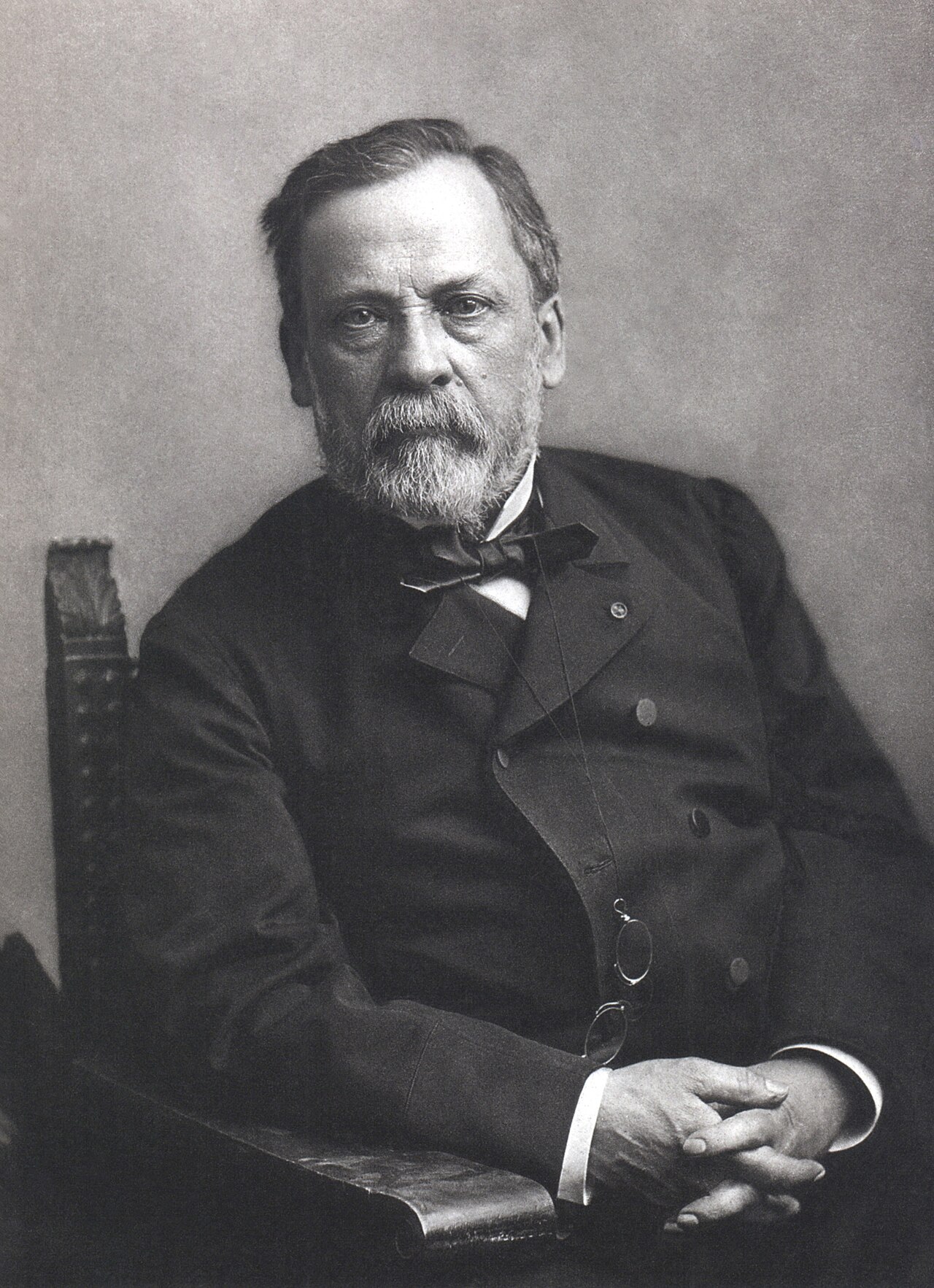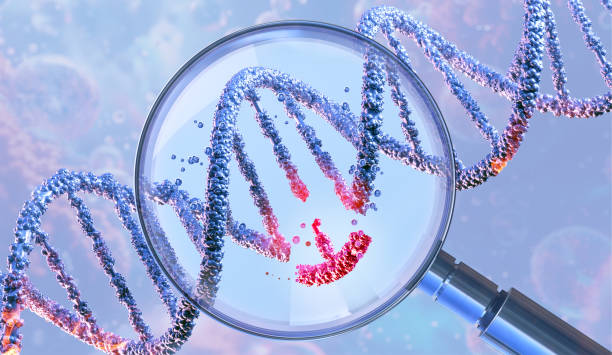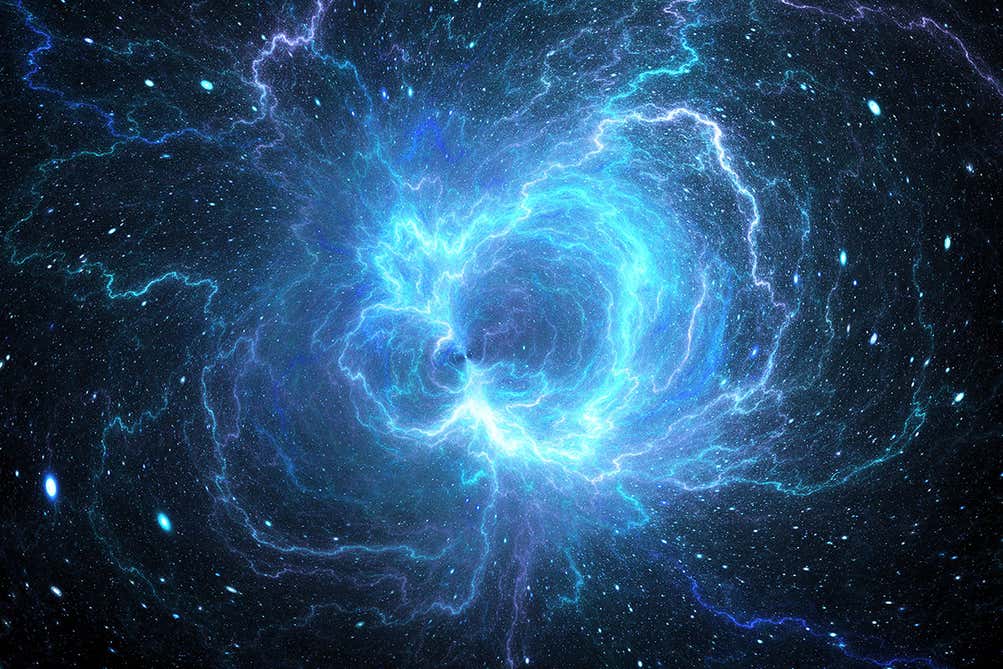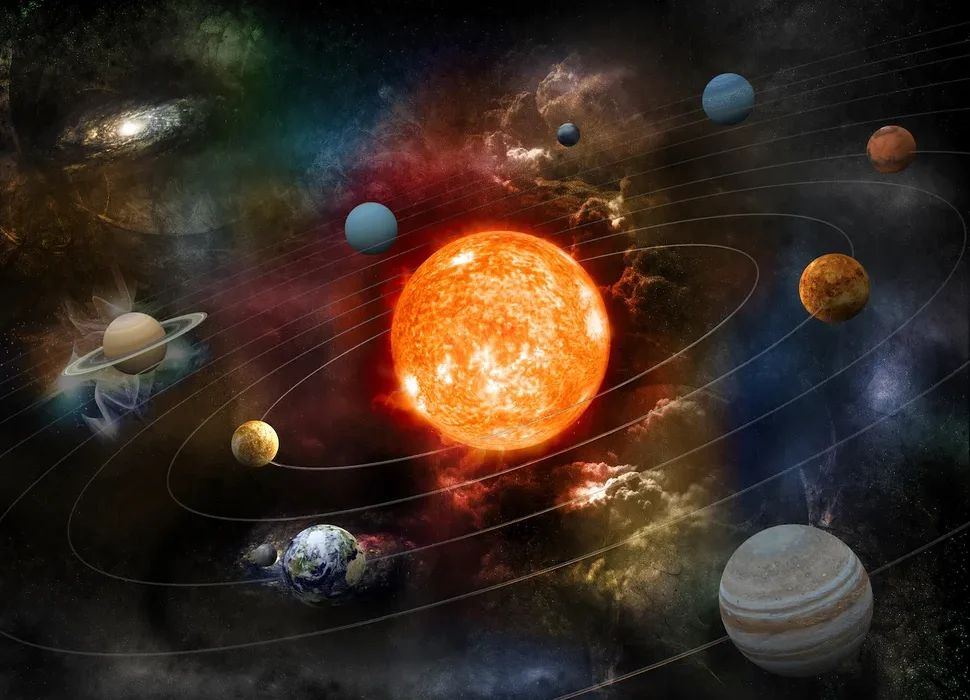On a cold December day in 1822, in the small town of Dole in eastern France, a boy named Louis Pasteur was born into a humble but hardworking family. His father, Jean-Joseph Pasteur, was a tanner—a man who worked tirelessly with his hands, shaping leather in the old, traditional way. His mother, Jeanne-Étienne Roqui, was gentle and pious, and she instilled in Louis a sense of discipline and faith that would never leave him.
The Pasteur home was simple, filled with the smell of leather and the quiet rhythms of rural life. From the beginning, Louis was a contemplative child. He wasn’t an outstanding student in his early years. In fact, teachers often described him as slow, dreamy, and more interested in sketching portraits of his family and friends than solving arithmetic problems.
Yet beneath his quiet demeanor lay an extraordinary mind—one that sought patterns, logic, and truth in everything around him. He was introspective, observant, and deeply curious. These traits, combined with his strong sense of perseverance, would one day lead him to uncover secrets that transformed medicine, agriculture, and human history.
The Path to Science
As a teenager, Pasteur attended the Royal College of Besançon, where he continued to excel in art but slowly began to find joy in the study of science. His teachers noticed his growing fascination with chemistry and physics. Encouraged by their praise, he decided to pursue a more serious education.
In 1843, after years of study and preparation, Pasteur earned admission to the prestigious École Normale Supérieure in Paris, a dream for any aspiring scholar. Here, under the guidance of some of France’s leading scientific minds, his curiosity blossomed into methodical brilliance.
Pasteur developed a fascination with crystals and molecular structure—a topic that would shape his early career. While studying the tiny, symmetrical patterns of crystals under a microscope, he made a discovery that startled the scientific community.
The Discovery of Molecular Asymmetry
In 1848, at just 26 years old, Louis Pasteur made one of his first great scientific breakthroughs. He was studying tartaric acid, a compound found in wine residues. Chemists had long been puzzled by the fact that two seemingly identical forms of tartaric acid behaved differently when polarized light passed through them.
Pasteur carefully examined the crystals and noticed something extraordinary: the molecules were mirror images of each other—like a right hand and a left hand. This was the first discovery of molecular chirality, a concept that would later become fundamental to chemistry and biology.
By separating the two forms and observing their distinct properties, Pasteur showed that the structure of molecules determined their behavior—a revolutionary idea at the time. His discovery bridged the gap between chemistry and the structure of life itself.
The young scientist had revealed that even in the tiniest details of matter, nature held symmetry, beauty, and logic. His meticulous work and patience set the tone for his career: an unrelenting search for truth through observation, precision, and faith in reason.
The Professor and the Husband
Pasteur’s reputation as a gifted scientist grew rapidly. He became a professor of chemistry at the University of Strasbourg, where his keen intellect and passionate teaching inspired both students and colleagues.
It was there, in Strasbourg, that he met the woman who would become his lifelong companion—Marie Laurent, the daughter of the university’s rector. She was intelligent, kind, and strong-willed, and she immediately recognized Louis’s potential. They married in 1849, forming a partnership that was as intellectual as it was emotional.
Marie was not just a wife but a collaborator and confidant. She copied his notes, helped with experiments, and supported him through the years of relentless work and heartbreak that lay ahead. Together, they raised five children, though tragedy would soon strike their home.
Three of their children died of typhoid fever—a cruel blow that deepened Pasteur’s resolve to understand disease and protect humanity from suffering. His grief became a powerful motivator, transforming personal loss into a lifelong mission to fight the invisible enemies that plagued humankind.
The Mystery of Fermentation
In the 1850s, France’s wine and brewing industries faced a growing problem. Fermented products like wine, beer, and vinegar often spoiled for no apparent reason, causing enormous economic losses. The cause was a mystery.
Many scientists of the time believed in spontaneous generation—the idea that life could arise spontaneously from non-living matter. Pasteur was skeptical. He suspected that invisible organisms, too small to be seen, were responsible for both fermentation and spoilage.
He began a series of painstaking experiments, using flasks filled with broth. When he boiled the broth and sealed it off from the air, nothing grew. But when he exposed it to air, microorganisms appeared, clouding the liquid.
From this, Pasteur concluded that microbes were carried in the air, and that fermentation was not a chemical reaction but a biological process—one driven by living microorganisms.
His findings overturned centuries of belief and laid the foundation for microbiology. He proved that fermentation was caused by specific microbes, and that by controlling these microbes, one could prevent spoilage.
His discoveries transformed industries. Winemakers, brewers, and dairy producers began to apply his methods to preserve their products. The process of heating to destroy harmful microbes became known as pasteurization—a term that carries his name to this day.
The Death of Spontaneous Generation
Pasteur’s experiments didn’t just explain fermentation; they demolished one of the oldest scientific theories in existence. For centuries, people had believed that life could spontaneously arise from decaying matter.
To challenge this idea, Pasteur designed his now-famous swan-neck flask experiment. He filled flasks with nutrient broth, boiled them to kill existing microorganisms, and left them open to air—but with long, curved necks that trapped dust particles.
Months passed, and no growth appeared. The broth remained clear. But when he broke the necks, allowing air and dust to enter directly, microbial life flourished almost immediately.
This was definitive proof: life does not spontaneously generate. It comes only from life.
The results sparked fierce debate but ultimately revolutionized biology. Pasteur had proven that microbes—living organisms too small to see—were the hidden agents shaping much of the natural world.
The War Against Disease
Having shown that microbes caused fermentation, Pasteur began to wonder: could they also cause disease?
This question became the cornerstone of his career and the foundation of the germ theory of disease.
At the time, medicine was largely based on superstition, guesswork, and vague theories about “bad air” or “imbalances of the body.” Pasteur’s germ theory proposed something radically different—that specific microorganisms caused specific diseases.
He studied anthrax, a deadly disease affecting cattle and sheep, and discovered the bacteria responsible for it. His experiments confirmed that when animals were exposed to weakened forms of the bacteria, they became immune—a discovery that hinted at the possibility of vaccination.
Pasteur’s theory met resistance from many in the medical community. But his careful experiments, logic, and evidence slowly won them over. The implications were profound: by understanding microbes, humanity could control disease.
The Birth of Vaccination
Pasteur’s research soon led to one of the greatest triumphs in the history of science—the development of vaccines.
In 1879, while studying chicken cholera, he accidentally discovered that cultures of the bacteria, when weakened by exposure to air, no longer caused disease but instead conferred immunity to healthy chickens.
This accidental discovery opened a new world. If weakened or “attenuated” microbes could protect animals from deadly infections, the same principle could be applied to humans.
He went on to develop vaccines for anthrax and rabies, saving countless lives. His anthrax vaccine, tested publicly on sheep in 1881, was a resounding success. Before hundreds of witnesses, he vaccinated one group of sheep and left another unvaccinated. When both groups were later exposed to anthrax, only the vaccinated animals survived.
The demonstration silenced skeptics and solidified Pasteur’s reputation as a scientific hero.
But his work on rabies would elevate him from national hero to global legend.
The Battle Against Rabies
Rabies, a terrifying disease that turned both animals and humans into violent, doomed victims, had long been untreatable. Once symptoms appeared, death was certain.
Pasteur dedicated years to understanding it. Through meticulous study, he found ways to weaken the rabies virus by drying infected spinal cords. He tested the vaccine on animals with success—but the leap to human trials was a terrifying one.
That moment came in 1885 when a desperate mother brought her nine-year-old son, Joseph Meister, who had been savagely bitten by a rabid dog. Without intervention, the boy would surely die.
Pasteur, though not a licensed physician, decided to act. With trembling hands, he administered a series of 13 injections over 11 days, each with a progressively stronger dose of the weakened virus.
Days passed in agony and uncertainty—but Joseph Meister lived.
It was the birth of modern immunology. The success electrified the world, earning Pasteur international acclaim. His laboratory became a beacon of hope, and his work marked the dawn of preventive medicine.
The Pasteur Institute
The outpouring of gratitude and admiration following the rabies breakthrough led to the founding of the Pasteur Institute in Paris in 1888. Built through donations from around the world, it became a center for scientific research and medical innovation.
The institute embodied Pasteur’s philosophy: that science should serve humanity. Researchers there studied infectious diseases, developed new vaccines, and trained generations of scientists who carried his legacy forward.
Even today, the Pasteur Institute remains one of the world’s leading centers for biomedical research—a living monument to his vision.
The Man Behind the Microscope
Beyond his scientific achievements, Louis Pasteur was a man of deep emotion and faith. He saw science not as a rebellion against belief, but as a path toward understanding the divine order of creation.
He once said, “The more I study nature, the more I stand amazed at the work of the Creator.” His faith gave him strength, and his humility kept him grounded. Despite fame and honors, he remained devoted to his family and to his sense of duty.
His life was not without suffering. The deaths of his children left deep scars, and a stroke in 1868 partially paralyzed him. Yet even as his health declined, he continued to work tirelessly, dictating experiments from his bedside and guiding young researchers.
The Final Years
By the late 1880s, Pasteur was celebrated as one of the greatest scientists of all time. His discoveries had transformed medicine, agriculture, and industry. He was showered with honors, yet he never stopped working or dreaming of a healthier world.
In his final years, he lived quietly with Marie, watching as the Pasteur Institute grew into a global center of discovery. He passed away on September 28, 1895, at the age of seventy-two.
His last words reflected the humility that defined him: “One must work; one must work. What joy it is to work for humanity.”
The Legacy of Louis Pasteur
Louis Pasteur’s legacy is beyond measure. His discoveries changed the course of history, saving millions of lives and laying the foundation for modern medicine. He proved that invisible microorganisms were the key to understanding life, death, and disease.
Through his work, he created the science of microbiology, introduced pasteurization, and pioneered vaccination. His germ theory became the cornerstone of hygiene, surgery, and public health.
But his legacy is more than scientific—it is profoundly human. He turned grief into purpose, curiosity into knowledge, and faith into healing. He embodied the idea that science, guided by compassion, could serve the greatest good.
Today, every time a child is vaccinated, every time milk is pasteurized, and every time a disease is prevented through hygiene and care, the spirit of Louis Pasteur lives on.
The Eternal Flame of Discovery
Louis Pasteur’s life was proof that science and humanity are intertwined. He looked into the smallest forms of life and saw not just microbes but meaning—a vast, intricate design waiting to be understood.
He once said, “Science knows no country, because knowledge belongs to humanity, and is the torch which illuminates the world.”
That torch still burns, lighting laboratories and hospitals across the globe. In every act of discovery and healing, his light endures—a reminder that one man’s quest for truth can change the destiny of humankind.
Louis Pasteur began his journey as a quiet boy from Dole, fascinated by crystals and color. He ended it as the man who unlocked the mysteries of life itself. Through courage, compassion, and relentless curiosity, he gave humanity one of its greatest gifts: the power to fight back against the unseen forces of disease.
And in doing so, he proved that the human spirit, like science, can overcome any darkness—one discovery at a time.






